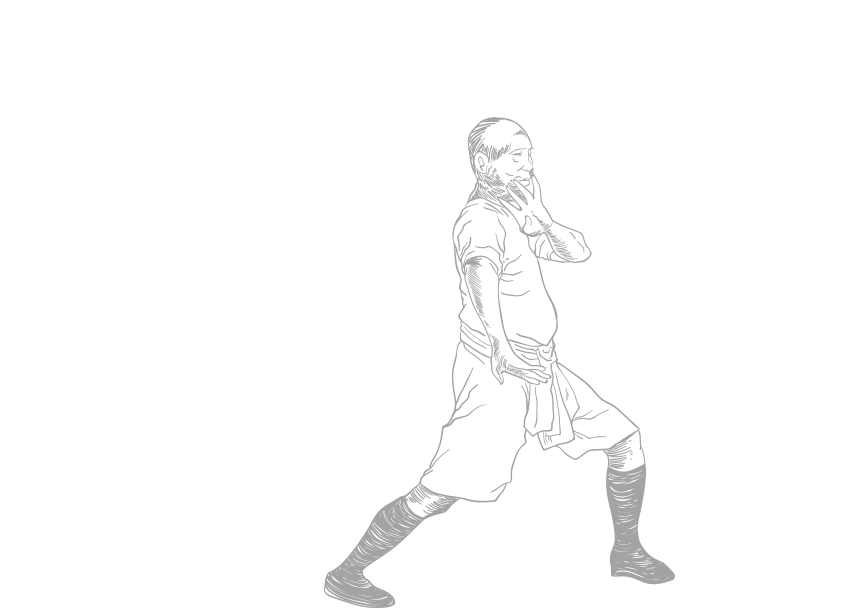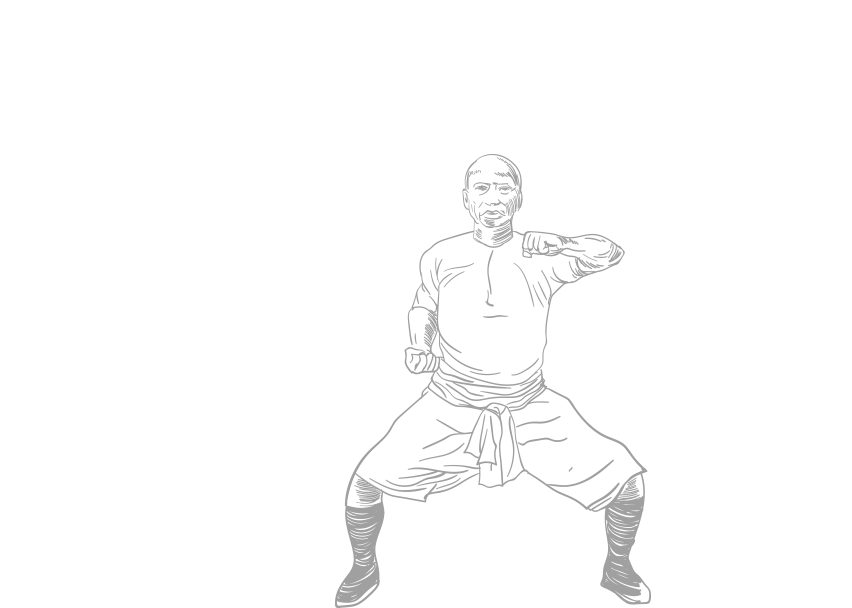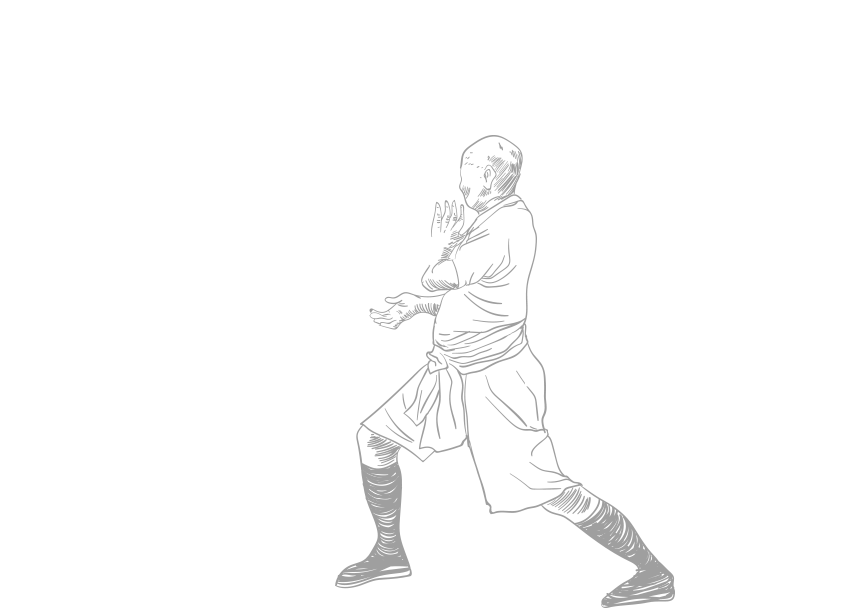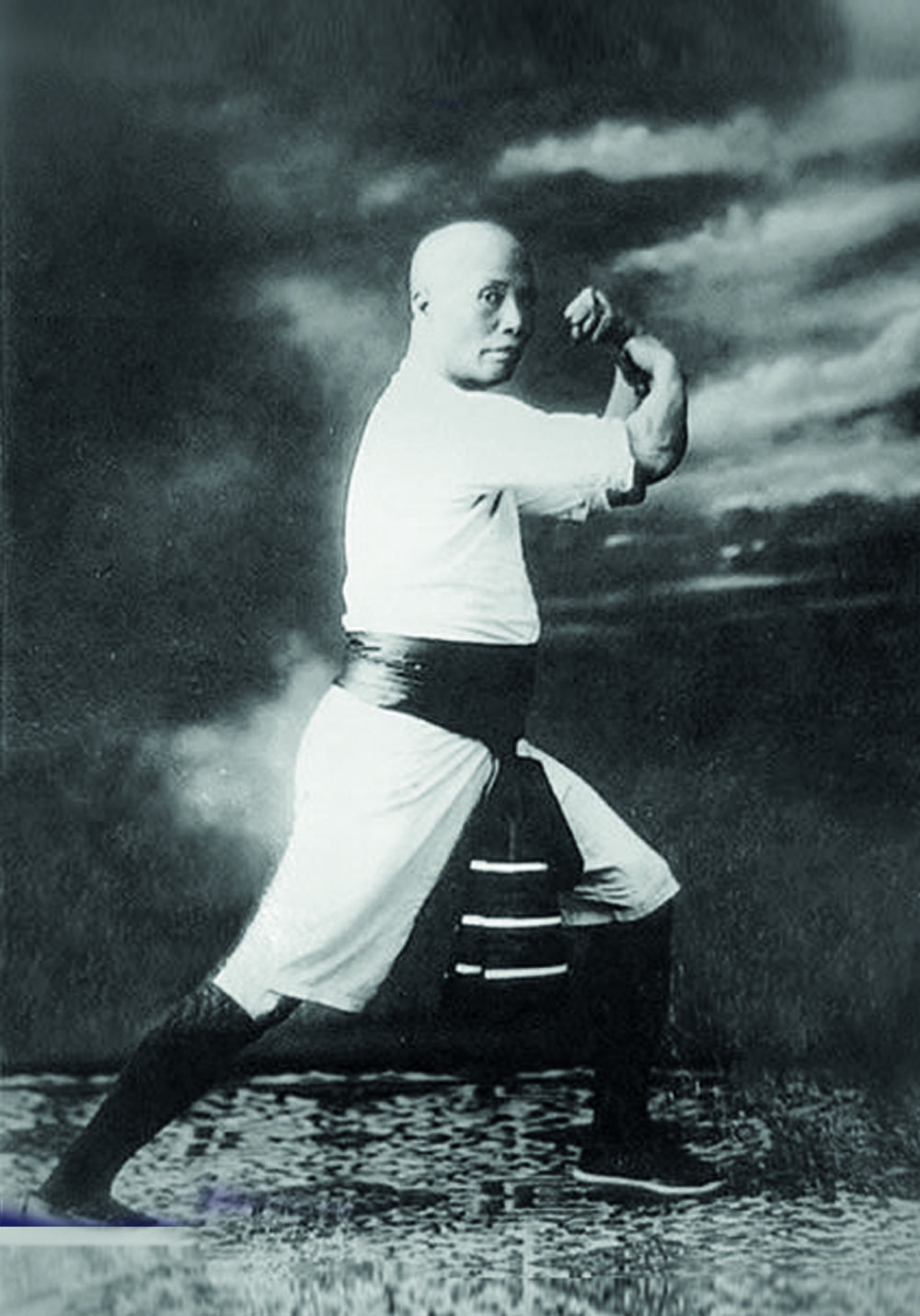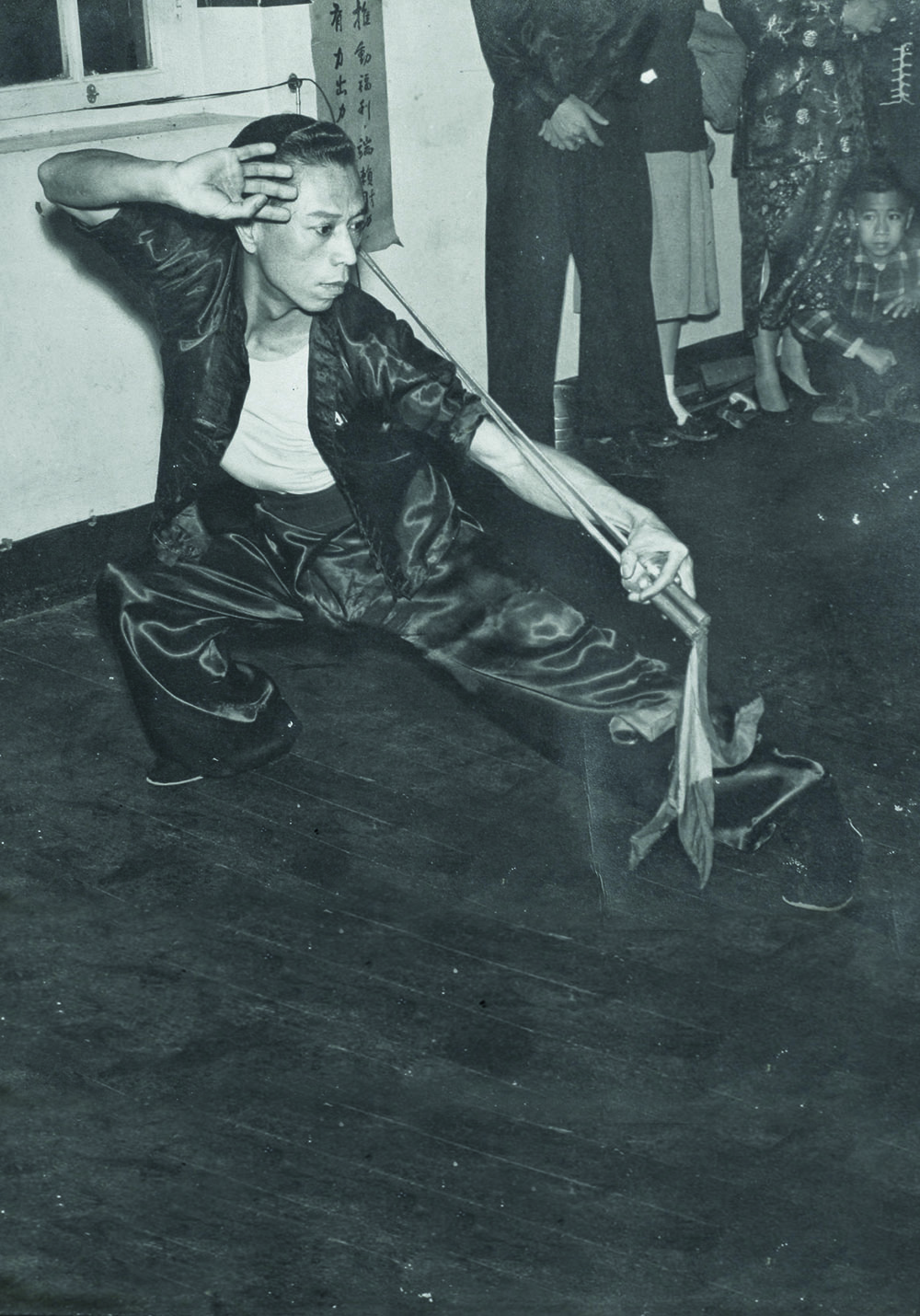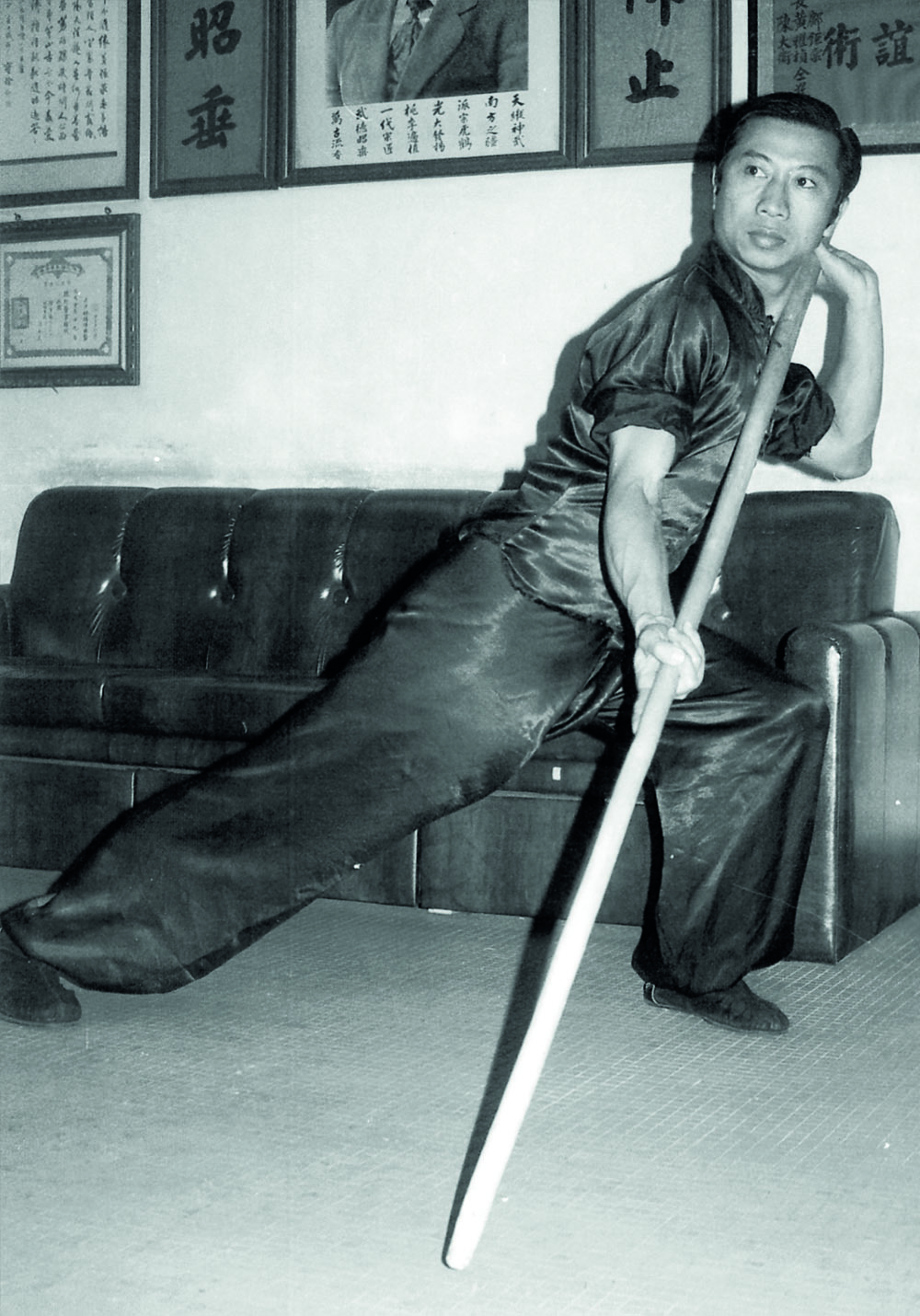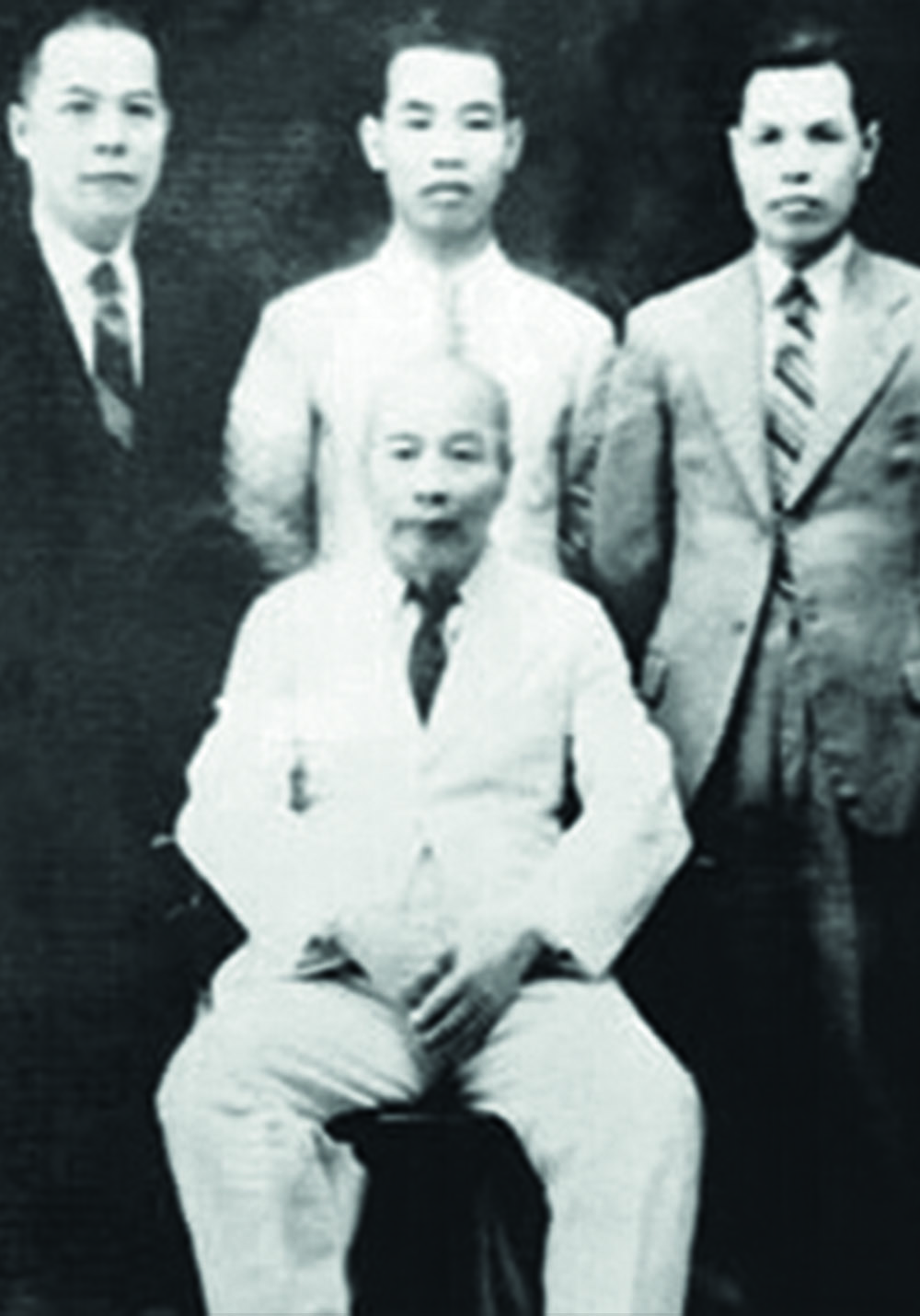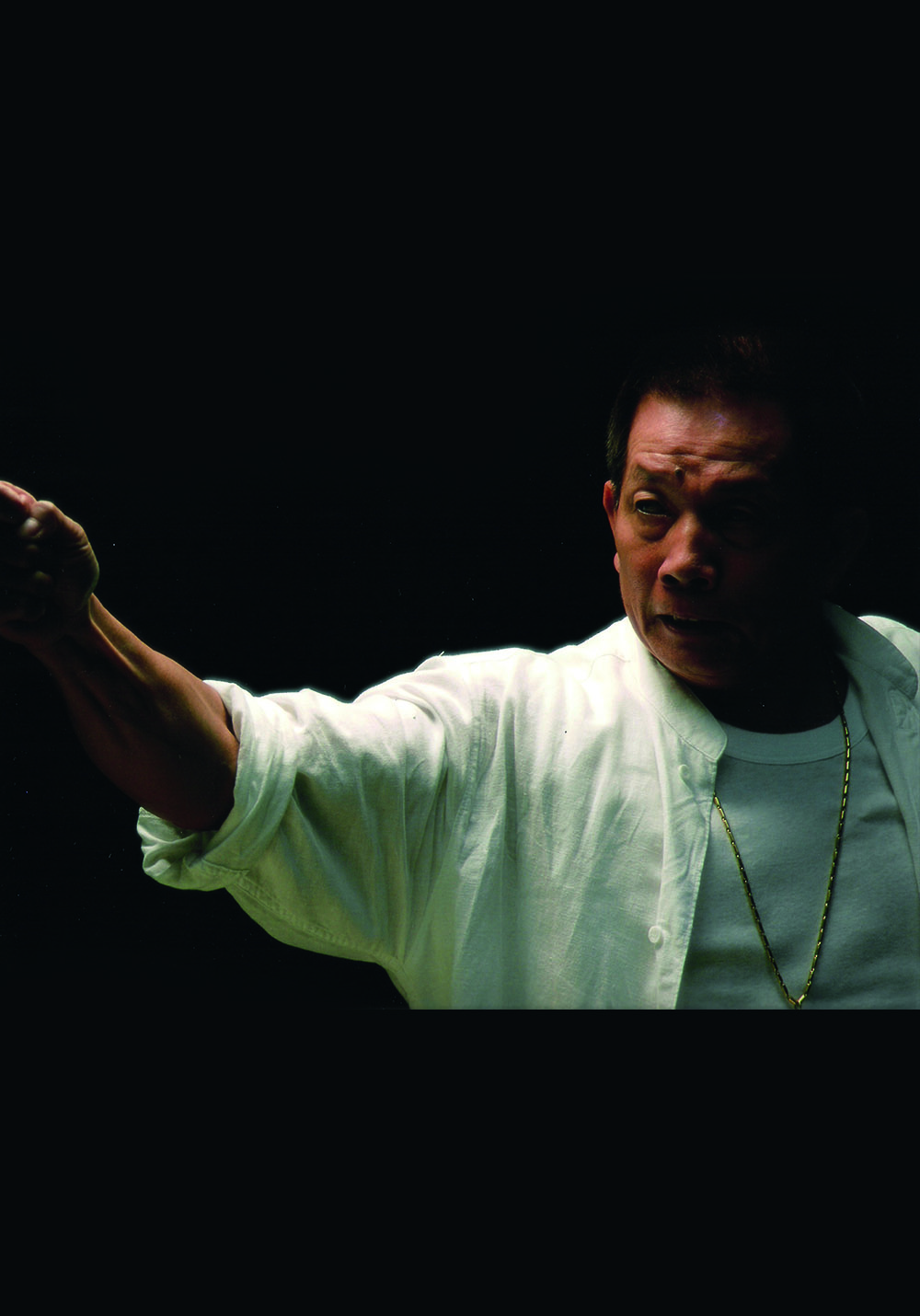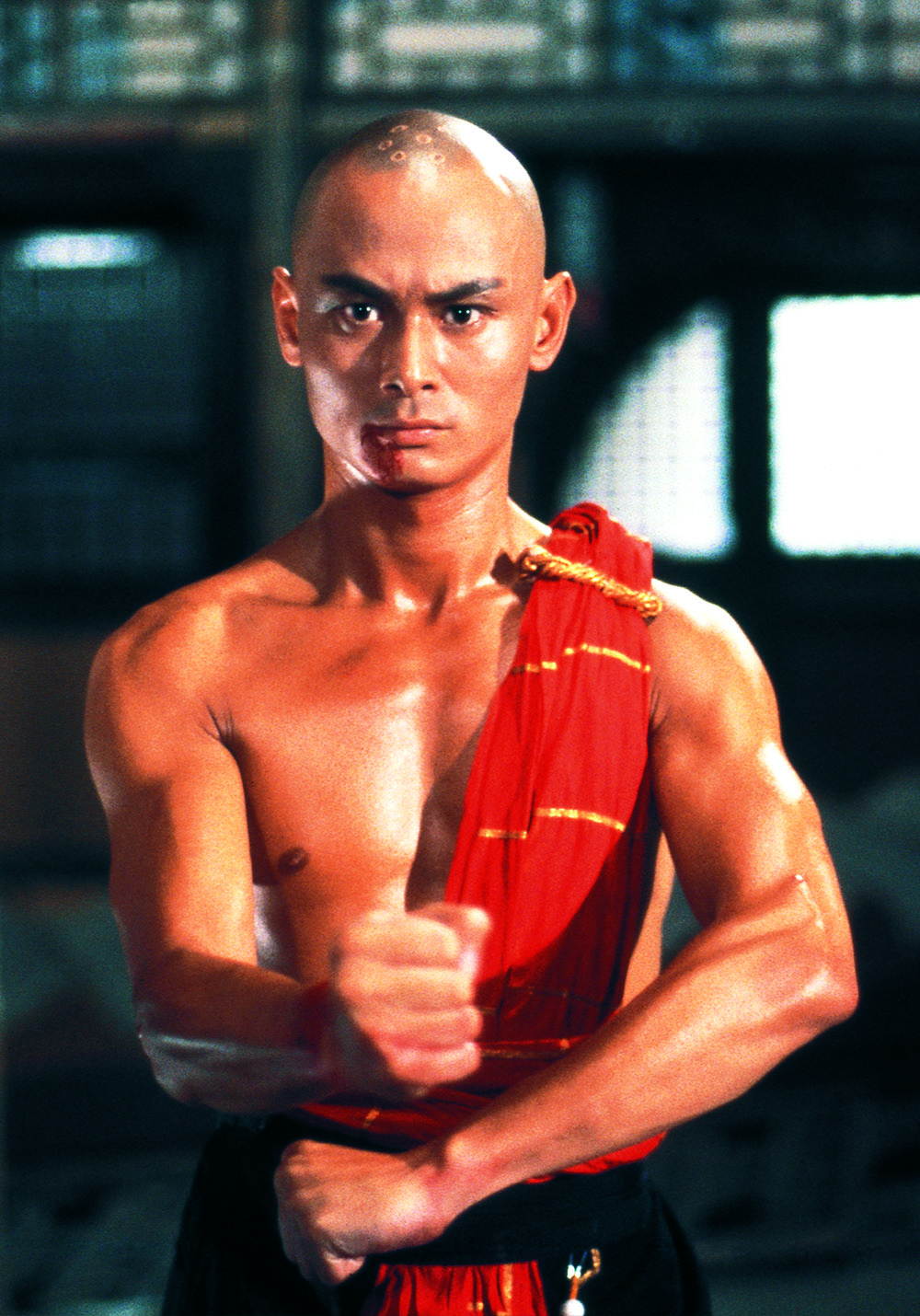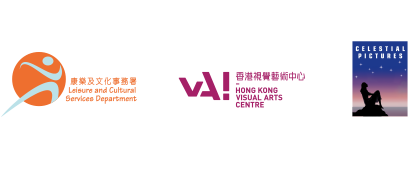林家第三代傳人
林鎮輝(1940年-)
林鎮輝是林祖長子,五歲隨父習武,十二歲開始授教。弱冠之年已在北角開設跌打醫館,行醫濟世並傳授洪拳。
林祖先生過世後,林鎮輝成為林家洪拳的最高權威,也是全球洪拳最富有凝聚力的人物。林鎮輝現為林世榮洪拳研究院主席。
自九十年代起,林鎮輝便經常受邀到歐美國家教授林家洪拳。近年林家武藝在歐洲蓬勃的發展,便是林鎮輝多年一直在歐洲多國宣揚洪拳的成果。至今林家洪拳的門人桃李遍及全球,在美國、加拿大、英國、德國、意大利、捷克、希臘、荷蘭、瑞典等多個國家都有直系的分館。
Lam Family Third Generation Master
Lam Chun Fai (1940–)
Lam Chun Fai, the eldest son of Lam Cho, started to learn martial arts when he was five and began to assist his father to instruct martial arts at the age of twelve. By the age of twenty, he had already opened his own dit da clinic-cum-martial arts school in North Point. Since Lam Cho’s passing, Lam Chun Fai has become the de facto head of Lam Family Hung Kuen, and is the current chairman of Lam Sai Wing Hung Kuen Research Society.Since the 1990s, Lam Chun Fai has been travelling to Europe and America to teach Hung Kuen. Today, Lam Family Hung Kuen practitioners and enthusiasts can be found all over the world, with branch schools in the U.S., Canada, the U.K., Germany, Italy, Czech Republic, Greece, the Netherlands, Sweden and many other countries.
While actively promoting Lam Family Hung Kuen abroad, Lam Chun Fai also keeps a watchful eye on the development of traditional martial arts in Hong Kong. In 2010, Hong Kong Home Affairs Bureau invited the public to join a regional survey to identify important local cultural heritage for the first Intangible Cultural Heritage (ICH) inventory list of Hong Kong. Upon receiving the news, Lam Chun Fai immediately partnered with International Guoshu Association to apply “Lam Family Hung Kuen”, “Taming the Tiger Boxing in I-Pattern”, “Tiger and Crane Boxing”, “Iron Wire Boxing”, and “Fifth Brother’s Eight Trigram Pole”, asHong Kong’s ICH. At the same time, gathering his students, Lam Chun Fai began to collaborate with International Guoshu Association to systematically document the legacy of Lam Family Hung Kuen, leading to a series of publications as well as the present exhibition.

